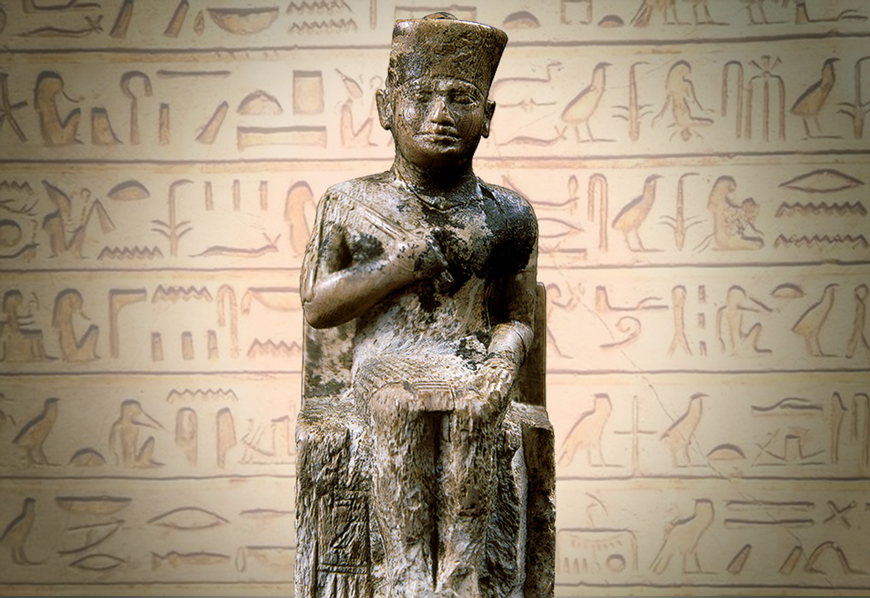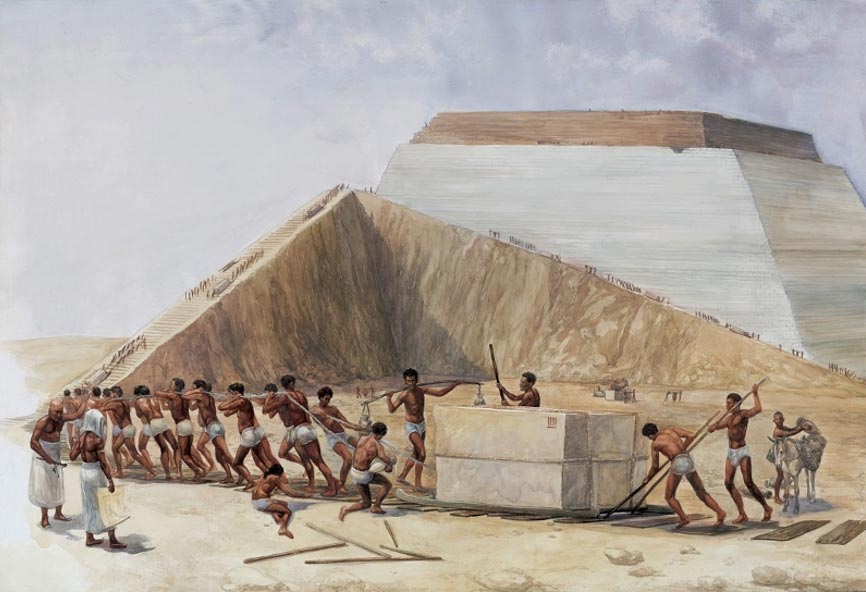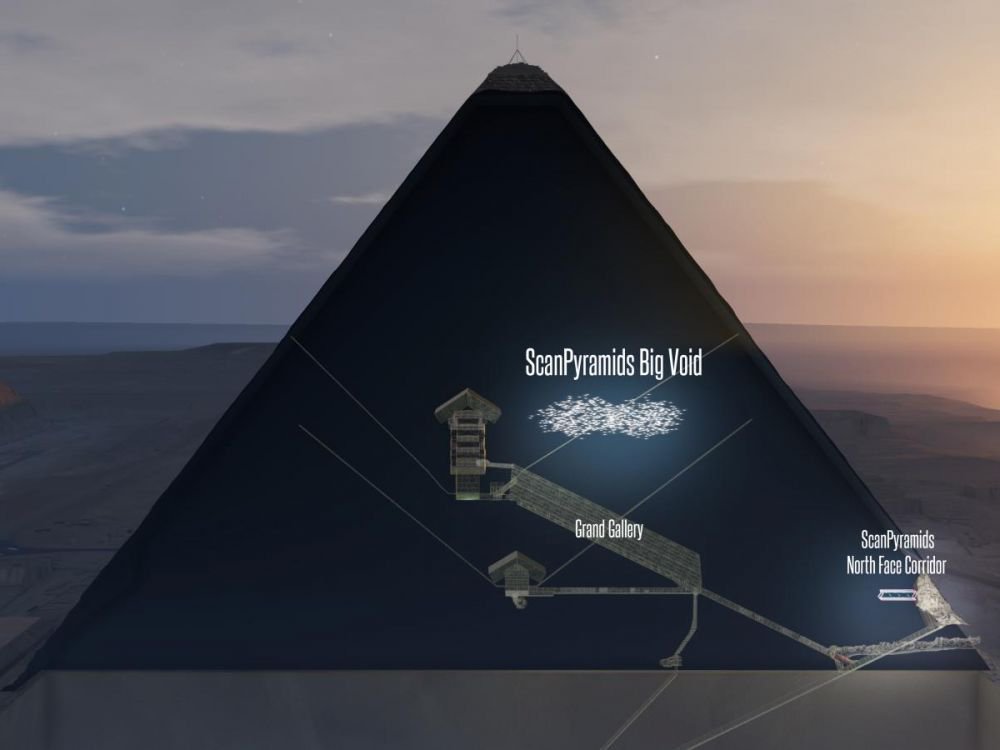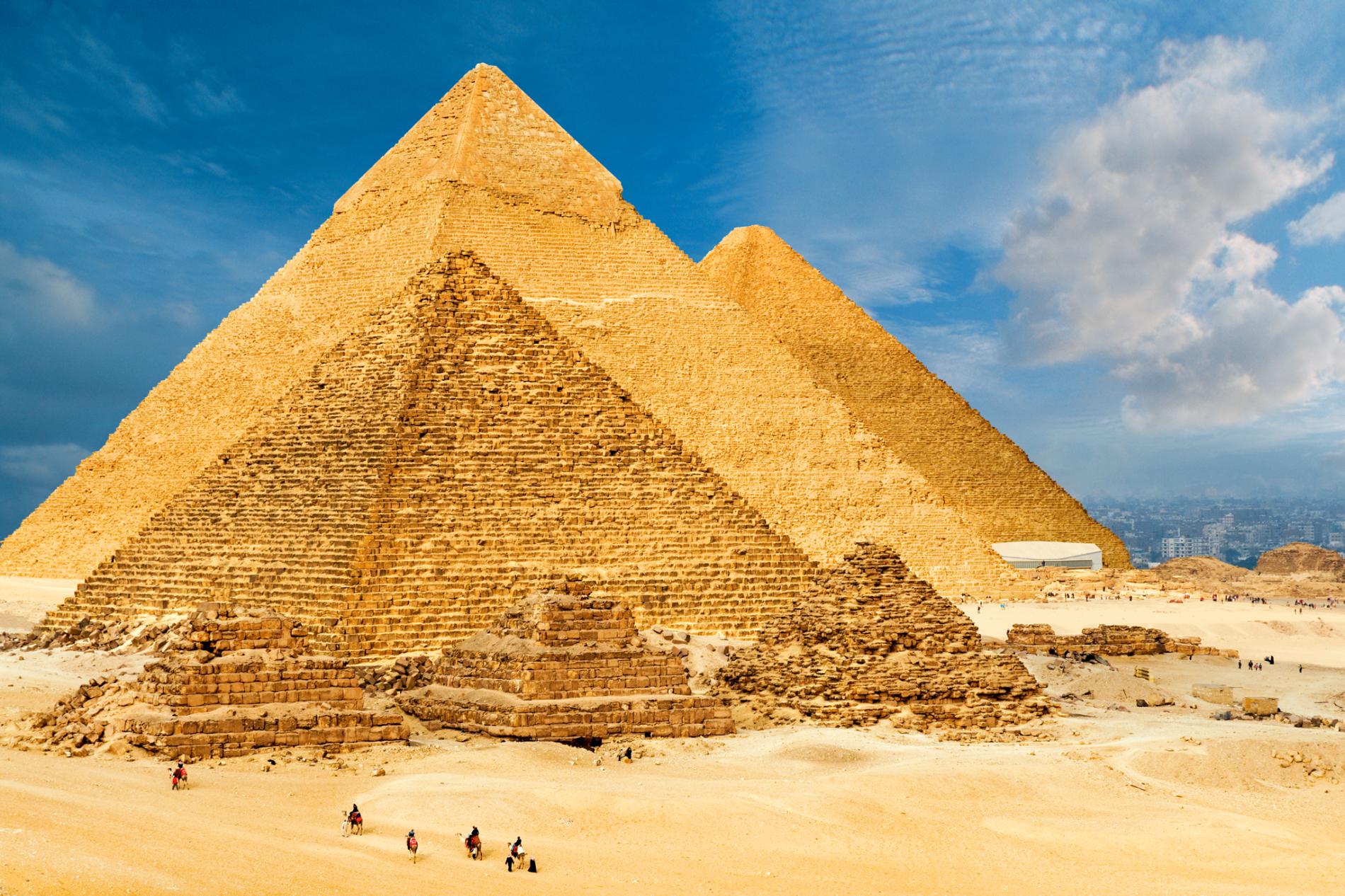The Great Pyramid of Giza is without a doubt, one of the most famous Pyramid to ever been built. This incredible ancient structure has left tourists, archaeologists, and architects in awe, and no one has been able to properly explain what the true purpose of this ancient structure was, or how it was created.
History

As per myths, Egyptian Pharaohs believed that they would become gods in the afterlife, they created these pyramids as ornate tombs filled with everything they would need to thrive in the next world after death. Production of the first pyramid was started by Pharaoh Khufu around 2550 B.C. His son, Pharaoh Khafre built the second, slightly smaller pyramid around 2520 B.C., in addition to the enigmatic limestone Sphinx that is thought to stand guard over this tomb. The third temple was built in 2490 B.C. by Pharaoh Menkaure, and is significantly smaller than the first two structures, but features a more intricate interior temple
How were they built?

One of the enduring mysteries of the pyramids centers around how they were constructed. The fact that they have endured for more than 4,000 years is testament enough to their sound construction, but archeologists and structural engineers also marvel at the precise sizing of the individual blocks. Archaeologist believe the limestone blocks were quarried and shaped using copper chisels, the hardest metal known to the Egyptians at that time. While films often depict thousands of workers carrying or pulling the limestone blocks, which weigh an average of 2.5 tons, the blocks were typically floated from the quarry sites to the construction locations during the frequent Nile River floods
What are they made of?
For centuries of Egyptology scholars, the physical composition of the pyramids had never been questioned. Elements that shouldn’t be present in limestone or occur naturally at the site were dismissed as remnants of renovation efforts. As structural science and analytical tools advanced, archeologists began to notice compositional anomalies in the pyramids that were increasingly difficult to reconcile. In 2006, Michel Barsoum, a materials engineering professor at Drexel University, undertook extensive chemical and X-ray analysis of both external and internal sections of the pyramid stones. His results that some portions of the pyramids are actually made from concrete, not stone, are slowly upending the popular image of large groups of workers painstakingly pushing the stone blocks up the sides of the pyramids
New research

A new research project called ScanPyramids has registered incredible thermal anomalies present in the Great Pyramid of Giza. Using a mixture of innovative and new technologies such as infrared thermography, muon radiography, and 3-D reconstruction in order to identify the presence of unknown internal structures of the Pyramids. The use of infrared thermography has allowed researchers to identify several anomalous spots at the Great Pyramid of Giza where temperature spikes were registered. Upon infrared analysis, there is a clear difference of temperature, a cold and a hot zone, which is not found on the other sides of the pyramid.
Source: https://traveltips.usatoday.com/



Comment here